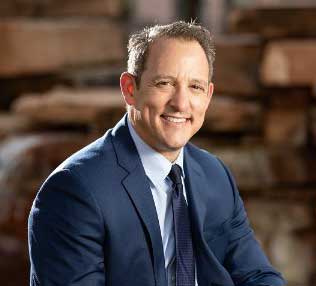Regenerative medicine is a new buzzword that seems to be gaining even more traction than stem cell therapy. Regenerative medicine is a more inclusive umbrella term that includes the abilities of stem cell therapy. In short, regenerative medicine is any procedure, therapy, or type of medicine that uses the body’s natural healing powers to promote healing within the body. Stem cell therapy is a type of regenerative medicine. But, regenerative medicine also includes products of conception such as umbilical cord blood, Wharton’s Jelly, placental membrane, and amniotic fluid. When these products are combined with stem cell therapy, regenerative medicine adds another layer of hope to those suffering from a variety of ailments.
Regenerative medicine refers to any therapy meant to repair, restore, and regenerate damaged tissues in the body. In the past, traditional treatments were aimed at providing a “band-aid” for whatever the problem was. For example, medication may help numb the pain but does allow the patient to live pain-free without medication. While physical therapy is effective when a patient keeps up their routine, if the patients stop practicing the exercises, their pain often returns. Steroid shots may work for six months at a time, but they do not heal the patient and the patient will have to return for more steroid shots after a period of time.

Last but not least, surgery was the last resort for many people suffering from chronic pain. While surgery helps with certain conditions, it is often ineffective when used for pain management. Many people undergo surgery to help with pain and come out in the same amount of pain if not more. Surgery comes with a significant amount of risks, and it often is not worth the risks for a sub-par result. As a result, for years, researchers and physicians alike were searching for a less invasive procedure that had better, longer-lasting results. They ultimately found regenerative medicine fit the bill.
Regenerative medicine uses a host of biologics from stem cells to growth factors to exosomes and placental membranes. When these factors are used together, they are more effective than when used individually. Regenerative medicine is minimally invasive and focuses on healing damaged tissue. This means patients not only undergo less risk during their procedures, but they endure longer-lasting results. This is a key step in hopefully finding a cure for various ailments in the future.
The world has greatly benefitted from advancements in the field of regenerative medicine. While there is still a lot of unknowns, what is known provides the medical community with a lot of hope. What we do know is that regenerative medicine is one of the few branches of medicine that focuses on the underlying cause of disease. We are already seeing patients suffering from conditions such as arthritis, degenerative neurological diseases, and autoimmune disorders benefit from the use of regenerative medicine. As the various therapies that make up regenerative medicine become better understood, there is no telling what physicians will be able to accomplish.











No Comments